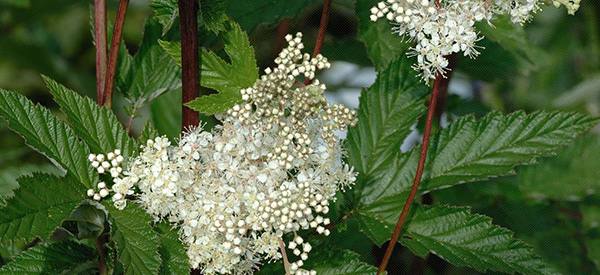
Meadowsweet
Meadowsweet (Filipendula ulmaria, previously called Spiraea ulmaria) is a perennial plant and a member of the rose family. It prefers damp environments in which to grow. While it can be easy to overlook for much of the year when it is in bloom the flowers and their strong scent make it is impossible to miss.
Its oldest names are Medwort or Mead wort. Other names for this fragrant plant are Queen of the Meadows, Mead sweet, Pride of the Meadow, and Bridewort. As is usually the case, these names are derived from the uses and significance of this plant.
The History of Meadowsweet
This fragrant plant has been used for centuries in a variety of ways. Evidence of the plant has been found at Bronze Age burial sites in various parts of the UK.
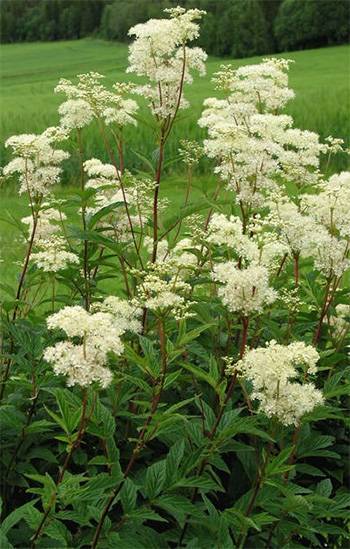
It is thought that Druids considered Meadowsweet to be a sacred herb and used it in rituals and herbal remedies for gastric and respiratory problems, inflammatory conditions such as arthritis, and skin ailments.
The early name, ‘meodu-swete’, means “mead sweetener” as the plant was used to flavor mead, beer, and wine. There are written records of its use dating to 1387 and 1597. It is said England’s Queen Elizabeth I also favored the herb thanks to its aroma. It was thrown onto floors to sweeten the air and repel fleas and lice. In addition, it was placed on the ground in front of brides to indicate the desired sweetness of the married state.
Modern herbalists, naturopaths, and foragers continue to benefit from Meadowsweet’s properties. As a bonus, there are culinary uses too. Today, this plant is also associated with the identification of salicylic acid from which aspirin is derived.
Where This Plant is Found
These plants are native to the whole of Europe and the UK and Western Asia. They have now also been introduced and naturalized in the United States.
The name Meadowsweet is a little misleading with regards to habitat. These plants don’t necessarily grow in meadows but rather in any damp environments such as ditches, fens, swamps, marshes, next to rivers, canals, and lakes. They are also found both inland and on the coast.
How to Identify Meadowsweet
Meadowsweet is a tall plant that can reach up to 6 ½ feet or 2 meters. Apart from the sprays of flowers, the distinctive characteristic is the strong, sweet fragrance and the slightly antiseptic smell when the flowers are crushed.
 Stem: Young stems are green and turn red and develop grooves as they mature. This applies both to plant stems and leaf stalks. The leaves are spaced far apart.
Stem: Young stems are green and turn red and develop grooves as they mature. This applies both to plant stems and leaf stalks. The leaves are spaced far apart.- Leaf: New leaves are pale green, but they turn dark green. The underside appears whiteish or silvery due to the downy hair on the surface. Leaves appear in pairs: large, toothed leaves with tiny, toothed leaves in between. The large leaves on the ends of stalks have three to five lobes.
 Flower: Flowering season is from early summer through to early fall. The buds look like a small cauliflower.
Flower: Flowering season is from early summer through to early fall. The buds look like a small cauliflower.
As the delicate flowers in each densely packed cluster open, they form irregularly shaped, feathery, ‘frothy’ sprays of creamy-white flowers.
Each flower has 5 petals and up to 20 stamens. The sweet scent is powerful and changes when the flowers are bruised or crushed.
 Fruit: The tiny fruits form at the center of each flower.
Fruit: The tiny fruits form at the center of each flower.
The curl in a way that makes them look like clenched fists.
The green fruit turn brown and these fruit/capsules contain the seeds.
 Root: The root is pinkish and even more pungent than other parts of the plant.
Root: The root is pinkish and even more pungent than other parts of the plant.
How to Grow Meadowsweet
Meadowsweet is the ideal choice if you have an area in your garden that is damp. This plant will thrive if planted in full sun – although it will also be happy in partial shade – in rich, moist soil. The soil can be loamy or clay with either neutral or alkaline pH.
There are options when it comes to growing Filipendula ulmaria. You can purchase plant plugs, propagate from seeds, or divide mature plants.
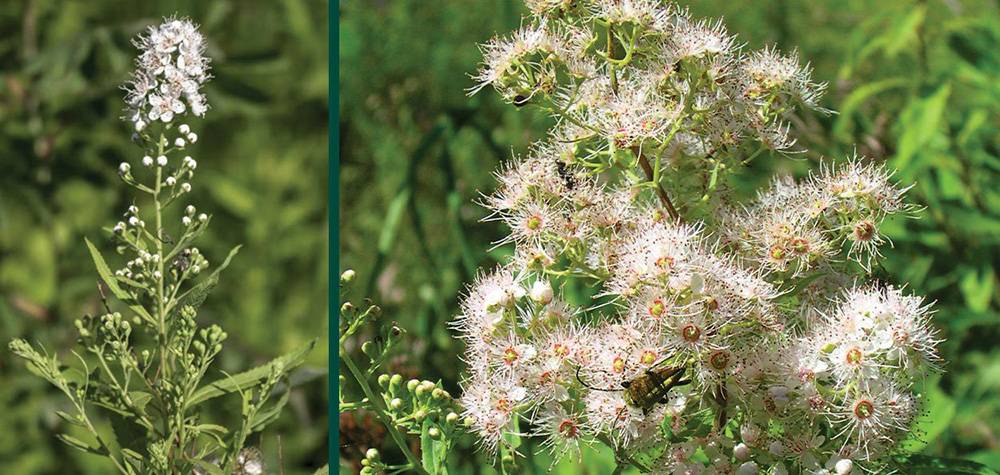
- Seeds should be sown in late summer as soon as the seeds are fully ripe. Alternatively, you can refrigerate them for three months and start propagation indoors in spring. It’s best to use seed-starting compost rather than potting soil. Place the seeds on the surface of the soil, press down lightly, and then cover with a thin layer of medium-size perlite. Keep the perlite and top layer of soil moist. The containers must have light to germinate.
- The division should take place every few years in late winter or early spring. It is a good idea to divide plants when the clumps become too crowded or plants don’t appear as healthy. Dig up the roots are carefully separate the rhizomes. Each new clump of root matter should have at least one strong, healthy rhizome. These can then be replanted 1 – 2 feet / 30 – 60 centimeters apart.
Planting
When the plants are established enough, or if you purchase plugs, you can plant them out into your garden or larger pots. Place a little compost into each hole before planting and place mulch over the soil afterward to help retain moisture. Remember to leave space between plants as they will bush out in addition to increasing in height.
Related: 10 Plants That Should Never be Planted Together (Video)
Care
It is essential to provide deep and regular watering for young plants and potted ones, especially during the summer months. If leaves start to go brown on young or mature plants, it usually indicates a lack of water.
Cut Meadowsweet back in late winter or early spring so there is room for the new growth to come through. If you prefer, you can prune the plant(s) in the fall or even after flowering.
How to Harvest This Plant
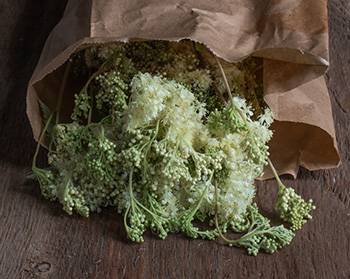 Harvesting time is anywhere from May to September depending on climate and weather. All you need to do is cut off the section of the plant you want to use.
Harvesting time is anywhere from May to September depending on climate and weather. All you need to do is cut off the section of the plant you want to use.
If you are foraging in the wild, remember to harvest in a location where the plants are not likely to have absorbed chemicals or other potentially harmful materials from the soil or air.
What Meadowsweet is Good For and The Natural Remedies Made From It
Perhaps many think of Meadowsweet as the forerunner to aspirin. Although that is a significant claim to fame, this plant has so much else to offer medicinally. It has been used to treat, ease, or aid:
 Mild to moderate pain, especially headache
Mild to moderate pain, especially headache- Gastric ailments such as indigestion, reflux, bloating, ulcers, too much or too little gastric acid, and diarrhea in children
- Urological conditions including bladder and kidney stones and cystitis and as a diuretic
- Inflammatory conditions such as rheumatism and arthritis
- Liver congestion.
If you want to purchase your own Meadowsweet seeds, click HERE
Some also use Meadowsweet in drinks and food such as cordials, soups, sauces, stews, and casseroles, or stewed fruit.
What Parts of The Plant are Used in Remedies?
The flowers and leaves are used in various preparations and a combination of dried leaves and flowers is possibly the most frequently used. However, the roots are also sometimes used medicinally.
A DIY Meadowsweet Recipe
There are several recipes available for those who want a DIY remedy made from this plant. One is ideal all year round and the second is only an option during summer months when you can pick fresh flowers.
You can purchase dried Meadowsweet from a range of retailers at any time of year. A further advantage is that Meadowsweet Tea is easy to make!
Ingredients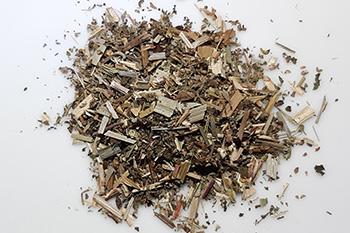
- ½ teaspoon dried Meadowsweet (leaves and flowers)
- 1 cup of boiling water
Method
- Place the dried plant material into a cup
- Pour in the freshly boiled water
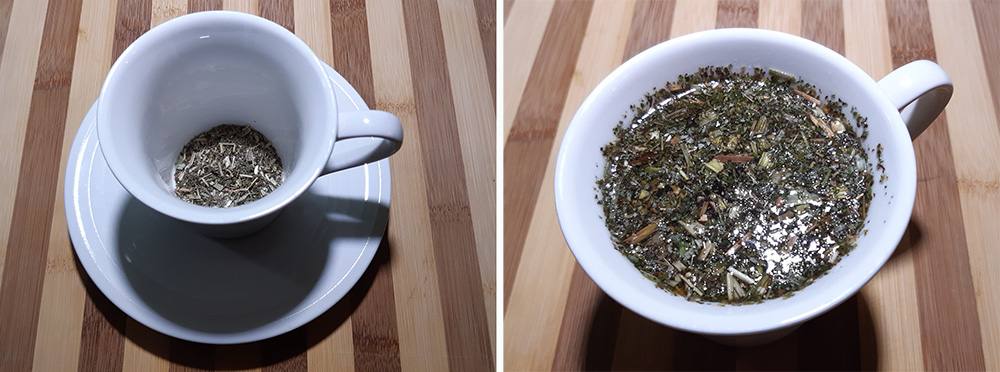
- Cover and leave the mixture to draw or steep for 5 – 10 minutes
- Strain the mixture.
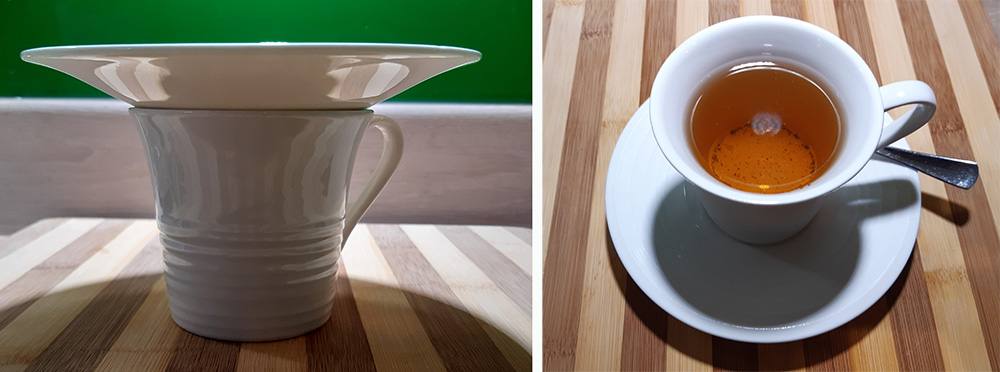
The longer you leave it steep, the stronger and more bitter the tea will be.
How to use
You can drink this tea or decoction up to three times daily. If you want to alter the aroma or taste you can experiment with blending it with other teas or adding a sweetening agent such as honey. Don’t add milk.
And a bonus recipe…
A second and summer option for a homemade remedy is Meadowsweet Elixir which is believed to have analgesic effects. For this recipe you will require:
- Fresh Meadowsweet flowers (enough to fill a good size glass jar)
- 100 milliliters / ½ cup vegetable glycerin
- 400 milliliters / 1 ¾ cup vodka (80% proof or higher).
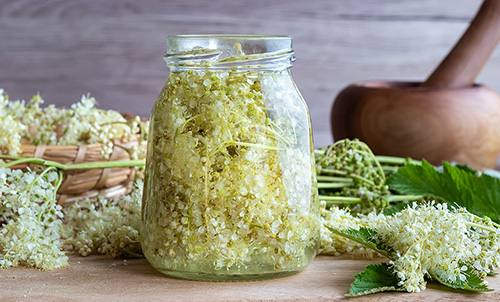
The mixture should be left for 4 – 6 weeks. Check on the jar and push the flower down so that the plant material remains covered. Strain the liquid and place it in a labelled dropper bottle.
Meadowsweet Capsules
Dosage
As indicated, the tea can be consumed up to three times a day. Tincture doses vary depending on age and weight. However, a standard dose is thought to be 30 – 60 drops in water, taken when necessary.
If you purchase a readymade product, follow the directions on the packaging or the advice of your healthcare provider.
How to Preserve This Plant
If you are foraging, cut the flowers from the plant and place them into a paper bag. This allows the flowers to breathe. Once you are home, you have a few options for processing and keeping the plant material:
- Refrigerate: Place flowers into a plastic bag and include a damp cloth so moisture is retained. Put the bag into the refrigerator. They will be usable for up to 7 days using this method if you open the bag daily to allow fresh air in.
- Dry:
- Whole stalks: You can hang small bunches of stalks with leaves and flower heads in a warm, well-ventilated area until they become dry and crumbly to the touch.
- Flowers and/or leaves: Spread out the flowers and/or leaves on fabric or a drying screen and place them in a warm, well-ventilated area. Move the plant material around every few days to ensure it all dries thoroughly. Once dry, store it in a labeled, airtight jar in a cool, dark place.
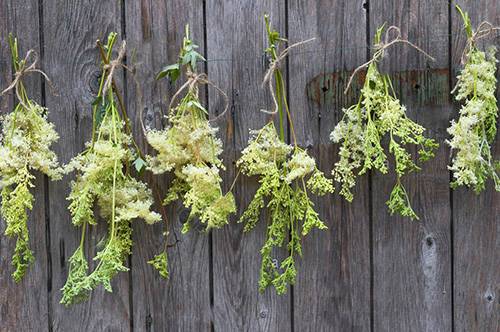
Meadowsweet will stay usable for up to 12 months if it was 100% dry and stored in airtight containers.
Related: How To Properly Dry Plants for Medicine
What Plants Resemble Meadowsweet?
There are a couple of plants that may cause confusion when it comes to identifying Meadowsweet in the wild. This is far less likely to happen, though, when it is in bloom. The plants in question are described in the table below:
| Feature | Meadowsweet | Agrimony | Silverweed | Nettle/Bramble |
|---|---|---|---|---|
| Stems | Red, grooved, hairless | Hairy from midway up, reddish | Red, smooth | Dark red/brown |
| Leaf shape | Toothed, pairs with 2 large & 2 tiny leaves | Toothed, pairs with 2 large & 2 tiny leaves | Toothed, pairs with 2 large & 2 tiny leaves | Toothed, pairs with 2 large & 2 tiny leaves |
| Thorns/stings | None | None | None | None |
| Leaf color | Dark green on the upper side, whitish and hairy underneath | Dark green on the upper side, whitish and hairy underneath | Silver-white, silky in texture on both sides | Light to darker green, covered in hairs / stinging hairs |
| Smell/flower aroma | Sweet, antiseptic when crushed | Sweet scent when crushed | Not distinctive | Pungent, citronella-like |
Images from left to right: Meadowsweet, Agrimony, Silverweed, and Nettle.

Warning and Caution
Meadowsweet is considered a safe plant for both ingestion and topical application. However, as with any remedy – including plant-based ones – there are some cautions and warnings for specific individuals. This plant should be avoided by:
- People with a salicylate/aspirin allergy
- Asthma patients
- Children under 16 years of age
- Pregnant and breastfeeding women
- Individuals taking blood-thinning medications including aspirin
- Patients scheduled for surgery.
Ingesting large amounts of this plant can lead to serious gastric issues and kidney problems.
As with any remedy, natural or otherwise, check with your healthcare practitioner before you start using Meadowsweet. This is particularly the case if you suffer from an existing medical condition and/or are on medication.
You may also like:
 How to Make Your Own Natural First Aid Kit
How to Make Your Own Natural First Aid Kit
Add This “Unusual Nutrient” to Coffee or Tea, to Effortlessly and Fully Empty Your Bowels Every Single Morning (Video)
A Medicinal Garden Kit for Starting a Small Backyard Pharmacy
Plant of The Week: Marshmallow
How to Treat Gastrointestinal Disorders With Evening Primrose

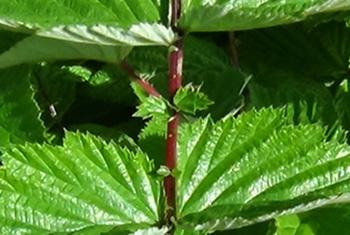 Stem: Young stems are green and turn red and develop grooves as they mature. This applies both to plant stems and leaf stalks. The leaves are spaced far apart.
Stem: Young stems are green and turn red and develop grooves as they mature. This applies both to plant stems and leaf stalks. The leaves are spaced far apart.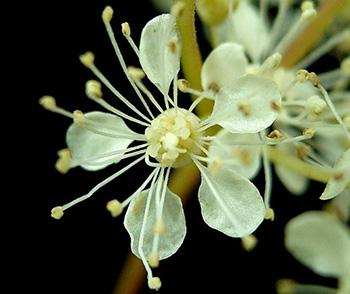 Flower: Flowering season is from early summer through to early fall. The buds look like a small cauliflower.
Flower: Flowering season is from early summer through to early fall. The buds look like a small cauliflower. 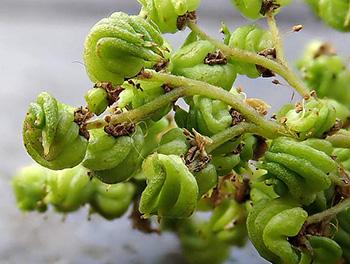 Fruit: The tiny fruits form at the center of each flower.
Fruit: The tiny fruits form at the center of each flower. 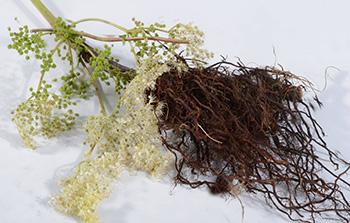 Root: The root is pinkish and even more pungent than other parts of the plant.
Root: The root is pinkish and even more pungent than other parts of the plant.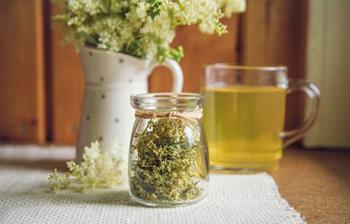 Mild to moderate pain, especially headache
Mild to moderate pain, especially headache
Awesome article!